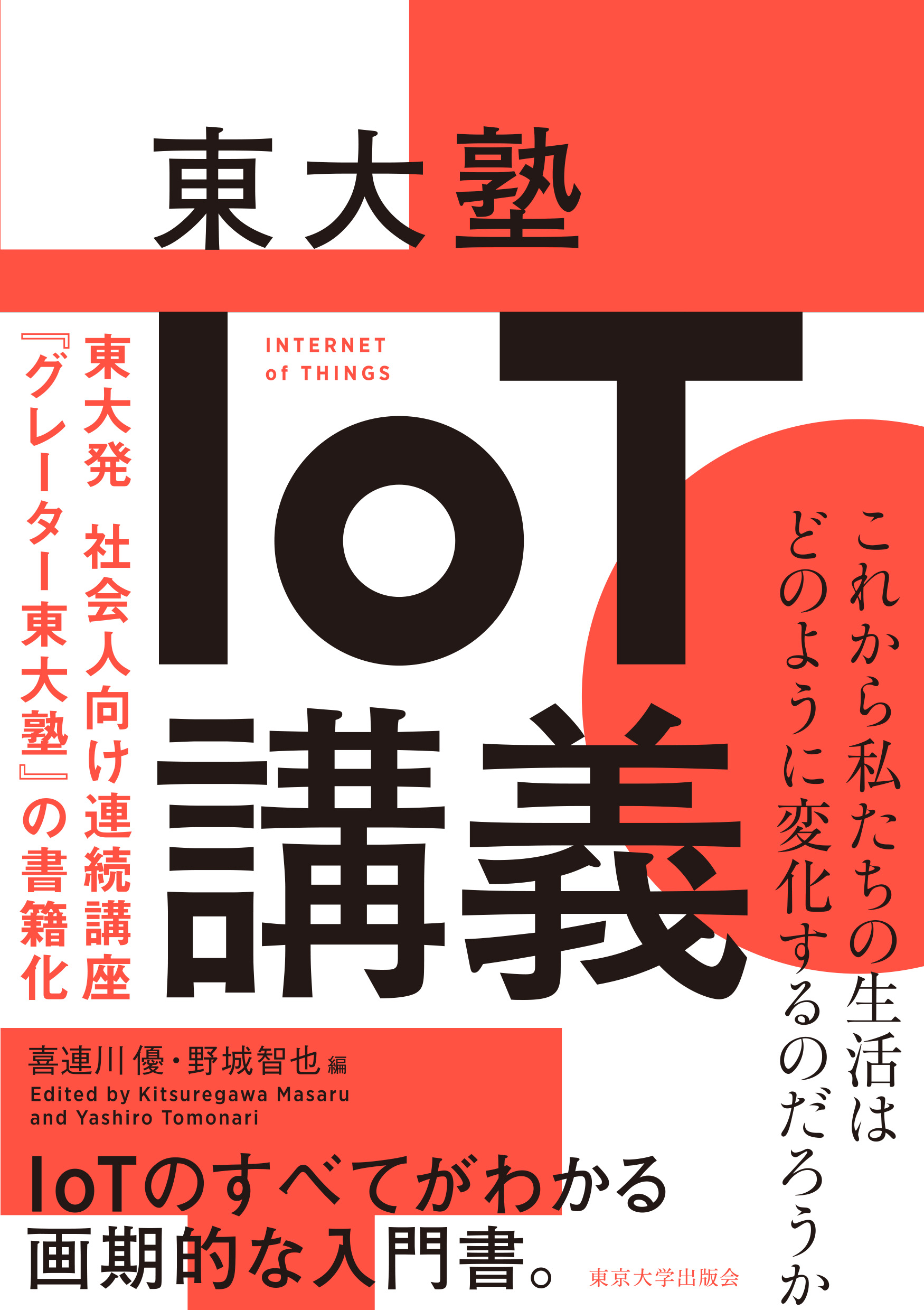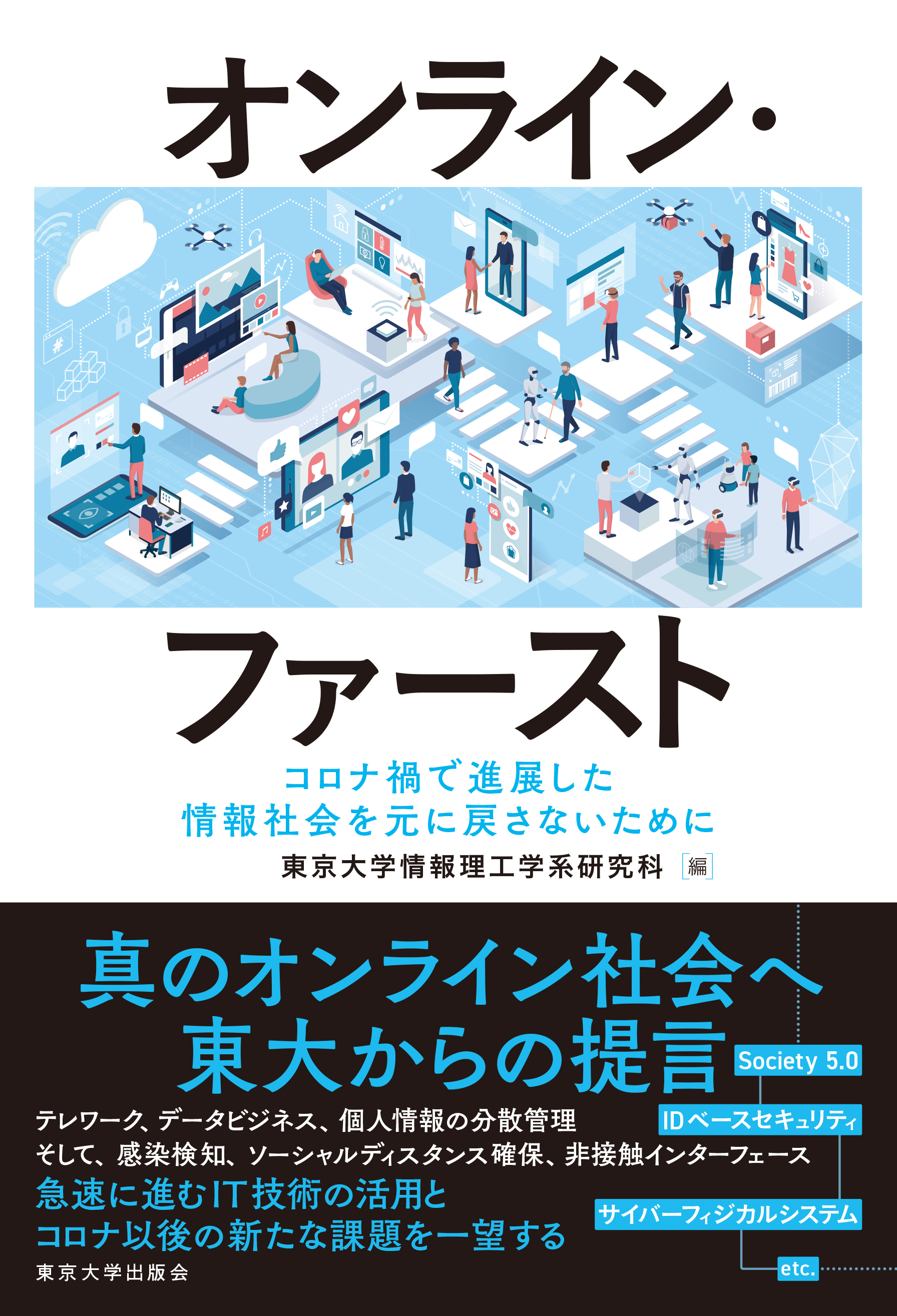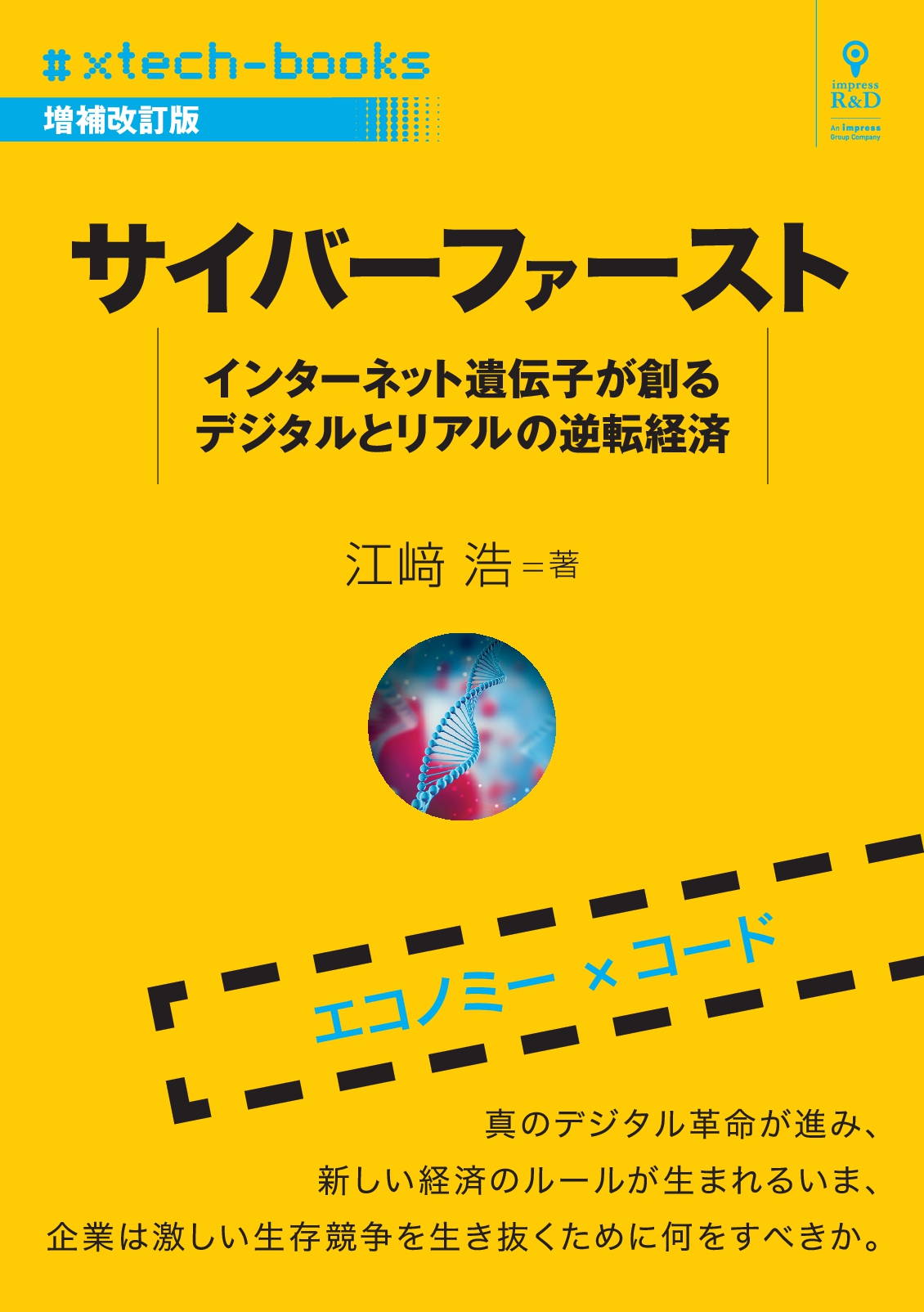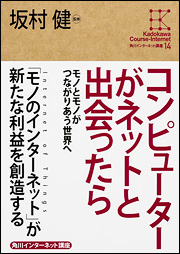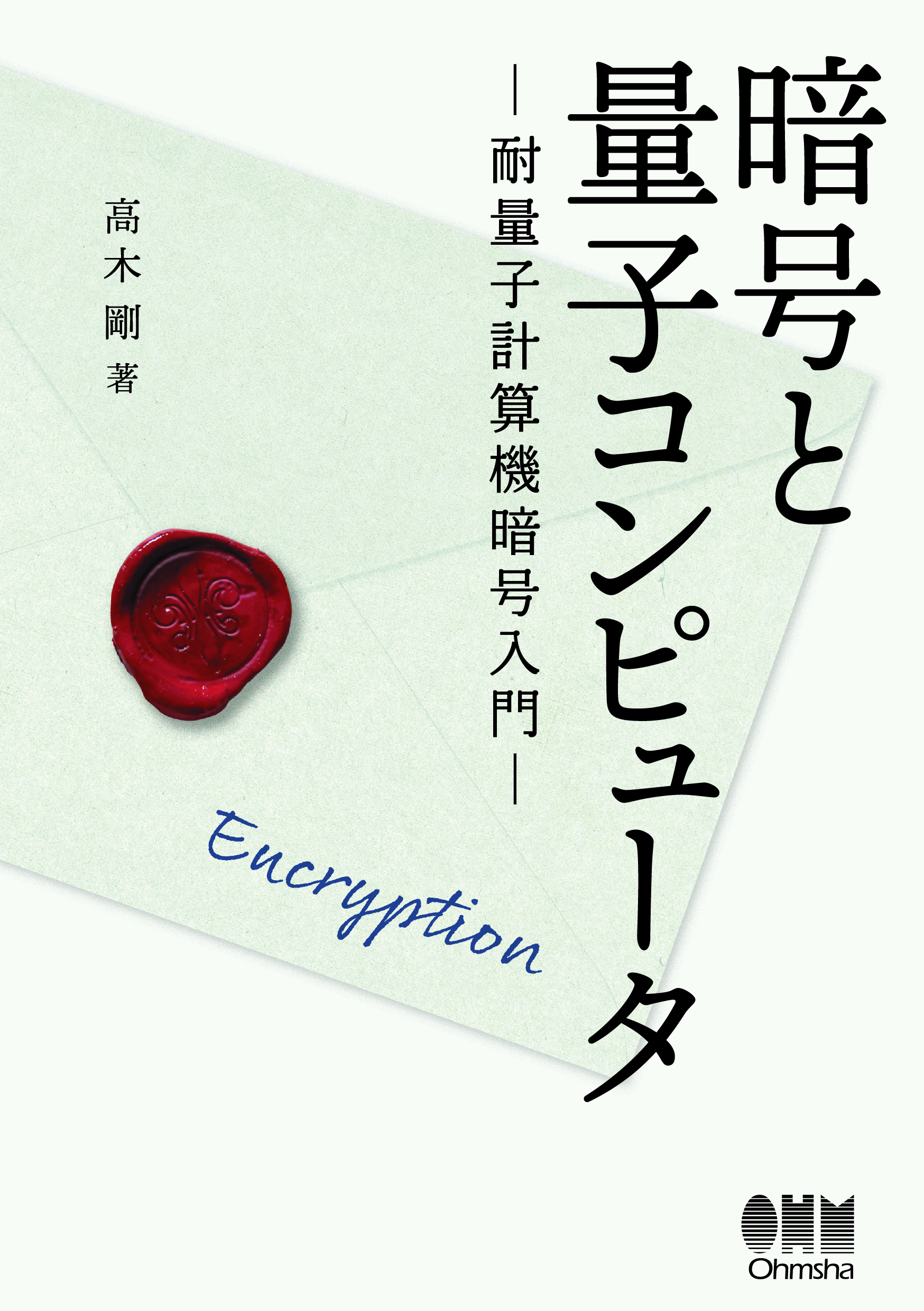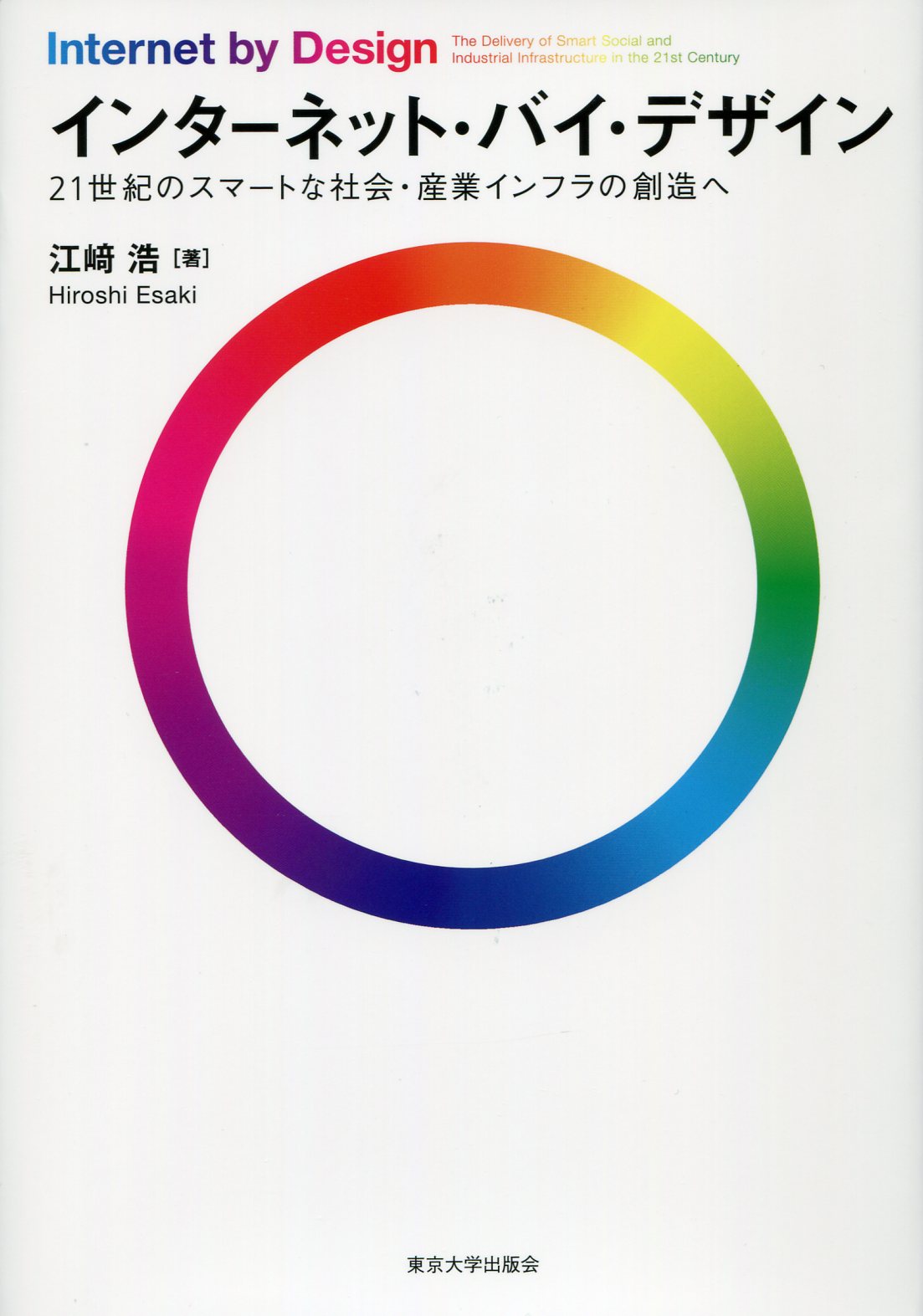
Title
Internet by Design (The creation of a smart social and industrial infrastructure for the 21st century)
Size
258 pages, 127x188mm
Language
Japanese
Released
June 22, 2016
ISBN
978-4-13-063456-4
Published by
University of Tokyo Press
Book Info
See Book Availability at Library
Japanese Page
This book discusses the future of a social and industrial infrastructure that incorporates the essence of the Internet, including IoT, cloud technology, and big data, as well as production, transportation, and the electric-power systems that utilize them. The book asks questions such as “Why is the Internet capable of continuing to evolve?” and “How will production, transportation, and electric-power systems be transformed by such technology?” The book introduces and explains the basic approach of the “Internet by design,” which it defines as the systematic incorporation of the Internet into social and industrial infrastructure. It also discusses the potential for a highly functional and efficient infrastructure that may emerge as the result of a fusion between cyberspace and physical space.
The Internet is a huge computer network that covers the Earth using digital technology that connects ICT/IT devices such as switches and routers. However, the book goes beyond the concept of the Internet as a physical mechanism. It proposes an “Internet architecture,” and discusses the concept of the Internet by design as a means of building a social and economic infrastructure for the 21st century based on this architecture.
The Internet, the only one of its kind on the Earth, is a shared global platform that supports all social and industrial activities. Although the Internet has already achieved continuous growth at low cost, it is still evolving. This is due to its transparency (openness and neutrality), “rough consensus,” and “best efforts,” as well as the establishment and operation of a system designed in accordance with an “end-to-end discipline.” An “end-to-end orientation” refers to a mechanism in which processes that require intelligence are autonomously handled by the users’ devices located at the edge (i.e., end) of the network and in which devices located at the center of the network perform only rudimentary tasks. This allows for sustainable improvements and innovations through improvements in the capabilities and functions of the users’ devices.
The Internet has been designed and built on the basis of digital technology. The introduction of digital technology has not only contributed to a decline in the cost of the system but has also helped achieve “liberation” from physical media by way of media abstraction, allowing new technologies and media content (movies, music, etc.) to constantly appear and spread on the Internet.
In addition, the Internet, by design, puts a premium on things and systems that are practically operating The goal is to intentionally avoid optimizing the system itself so that revisions and innovations can be applied to a dynamic system that is already operating.
(Written by ESAKI Hiroshi, Professor, Graduate School of Information Science and Technology / 2019)
Table of Contents
The FY 2016 Okawa Publications Prize (the Okawa Foundation for Information and Telecommunications)
http://www.okawa-foundation.or.jp/activities/publications_prize/list.html



 Find a book
Find a book


 eBook
eBook